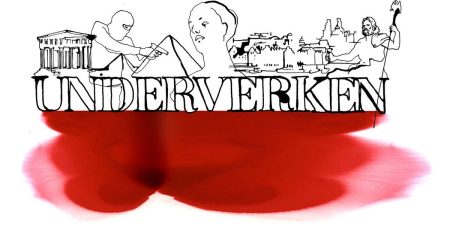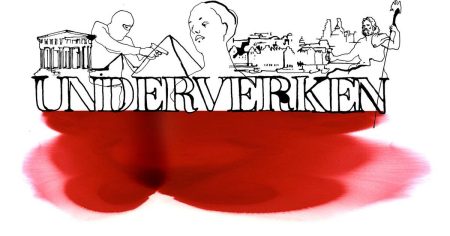The first day of anything, be it a year, a project, or a personal journey, holds a unique allure. It represents a blank canvas, brimming with potential, a fresh start untarnished by setbacks or disappointments. We imbue this day with significance, often choosing it as a marker for resolutions and renewed commitments. The calendar itself is a human construct, yet it provides a valuable framework for marking time and setting intentions. The act of stepping out into the world on this first day, embracing routine and choosing kindness as a default stance, sets a positive tone. The idea of offering a daily compliment to a stranger adds a layer of proactive positivity, a conscious effort to sprinkle goodwill into the world. This first day holds the promise of transformation, the tantalizing possibility of becoming a ”slightly better” version of oneself.
This initial optimism, however, is often tempered by the reality of human experience. The pristine blank page of day one is susceptible to the inevitable smudges of disappointment. Grand visions rarely translate perfectly into reality, and the lofty expectations we harbor can easily become sources of frustration. We are prone to setting ourselves up for letdown, projecting idealized outcomes onto birthdays, celebrations, and even broader societal issues like economic policy. The cynical approach, anticipating the worst, appears to offer a shield against disappointment, a seemingly comfortable pessimism. Yet, this begs the question: is avoiding potential heartache worth sacrificing the possibility of joy?
The pursuit of happiness, or even contentment, requires a degree of vulnerability. It demands the courage to repeatedly expose ourselves to the risk of emotional pain. This willingness to embrace vulnerability, to strive for something beyond the mundane, is arguably a defining characteristic of the human spirit. Setting ambitious goals necessitates accepting the possibility of failure, and ultimately, it is this very striving that propels us forward. True progress, both personal and societal, rarely emerges from a place of complacency. The pursuit of lofty ideals, even if they remain unattainable, elevates our experience and pushes us beyond our comfort zones.
The concept of optimism in the face of adversity raises a compelling paradox. Experts in fields grappling with complex and often dire global challenges, such as climate change, war, and terrorism, often identify as optimists. This might seem counterintuitive, given the bleak nature of the realities they confront. However, their optimism can be interpreted not as naivete, but as a conscious choice, a refusal to succumb to despair. It’s an understanding that while the current outlook may appear grim, maintaining hope is essential for continued engagement and the pursuit of solutions. This hope isn’t a prediction of a positive outcome, but rather a mindset, a commitment to persevering despite the odds.
The distinction between hope and prognosis is crucial. A prognosis is a calculated prediction based on available data, while hope transcends the realm of logic. It’s an emotional state, a belief in the possibility of a better future, even in the absence of concrete evidence. This hopeful stance doesn’t negate the seriousness of the challenges faced; rather, it provides the fuel to continue striving for improvement. It’s a recognition that while pessimism might offer a temporary shield against disappointment, it also risks paralyzing action and stifling innovation.
Thus, the first day, with its inherent symbolism of renewal and potential, becomes a microcosm of the human experience. It embodies both the boundless optimism of new beginnings and the inevitable confrontation with reality. We stand tall, fill our lungs with air, and step forward, embracing the inherent duality of hope and disappointment, vulnerability and resilience. The act of striving, of continuously reaching for something more, is in itself a testament to the enduring human spirit.














